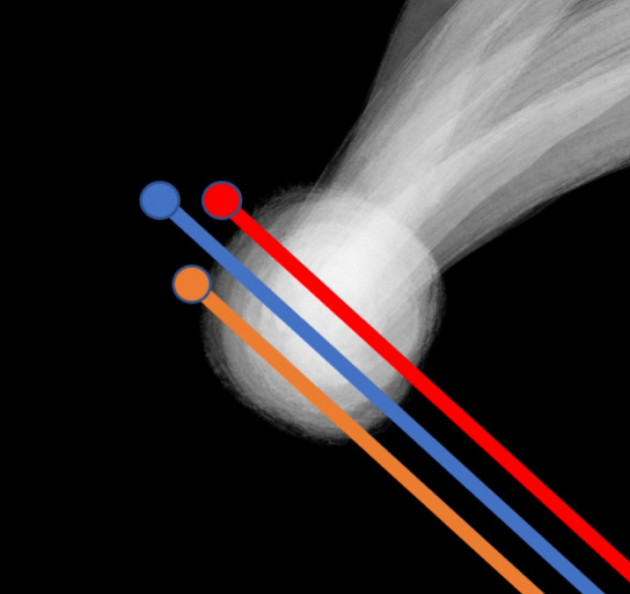
Comet Interceptor is an exciting multi-spacecraft mission that will be launched before its target is known!
The target is expected to be a dynamically-new comet which will be penetrating into the inner Solar System (inwards of the orbit of the asteroid belt) for the first time. The other originality of the mission is its multi-point capability: it will be deploying three spacecraft, mother spacecraft A (ESA), and probes B1 (JAXA) and B2 (ESA), to characterise the pristine comet and its interaction with the space environment. At Imperial, we are responsible for the magnetometer onboard probe B2.
Comet Interceptor will wait in space at the Sun-Earth Lagrange point L2 until a dynamically-new comet (e.g., a new Long Period Comet) is identified on its first-ever way into the inner Solar System. At this point, Comet Interceptor will set off to make a flyby of the comet, and make new discoveries about its properties. Such pristine comets are messengers from the dawn of the Solar System and will shed lights on how it formed.
Comets are fascinating objects. They may have brought water and building blocks of life to Earth. They also constitute an amazing plasma laboratory: the gas sublimated from their nucleus escapes to space and becomes partially ionised. Our research at Imperial focuses on the always-evolving cometary plasma and its dynamic interaction with the space environment driving auroral emissions.
A comprehensive review on the mission was recently published in Space Science Reviews.
Comet Interceptor
- Initial Selection June 2019
- Phase 0 initial study phase completed December 2019
- Mission adopted: June 2022
- Current status: Instruments under development: manufacturing & testing
- Planned launch date: 2029
The mission’s primary science goal is to characterise, for the first time, a dynamically-new comet, including its surface composition, shape, and structure, the composition of its gas coma (partially ionised), and its interaction with the space environment. Such comets are the most pristine objects in the Solar System, having not evolved since their birth, about 4.6 billion years ago when the Solar System formed.
At Imperial College London, we are leading the FluxGate Magnetometer (FGM) on probe B2. It is part of the Dust, Field & Plasma (DFP) suite which is including sensors on board spacecraft A and B2.
The FGM-B2 team at Imperial is composed of:
- Marina Galand (Lead for FGM-B2)
- Emanuele Cupido (Instrument Manager and Thermal & Mechanical Lead)
- Chris Carr (EMC Lead and Engineering Oversight)
- Irene Ruiz Rodriguez (Instrument Engineer).
The FGM-B2 activity is undertaken in close collaboration with the magnetometer team at IWF, The Space Research Institute at Graz in Austria.
Arnaud Beth, a cometary plasma expert, is a selected member of the Comet Interceptor Working Group (WG) focusing on the “Far Environment” of the comet.
PhD students, Zoë Lewis and Victor Steinwand, are also contributing to cometary science in support to Comet Interceptor.